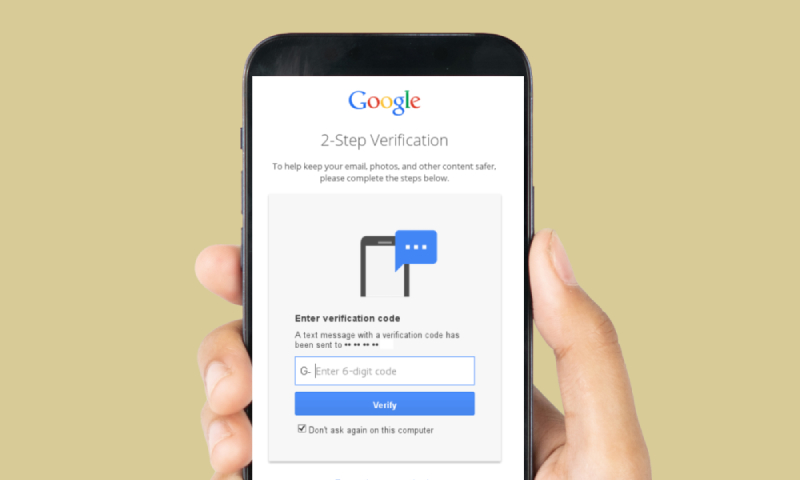Google Launches Gmail QR Code Authentication

Google plans to replace the current SMS-based authentication for Gmail with a more secure QR code mechanism in a major step to improve user security. This transition, which is anticipated to take place over the next few months and signifies a significant change in the way users will authenticate themselves, will improve the security of email correspondence.
Gmail spokesperson Ross Richendrfer explained the reasoning: “Just like we want to move past passwords with the use of things like passkeys, we want to move away from sending SMS messages for authentication and replace them with QR codes to reduce the impact of rampant, global SMS abuse.”
The ruling resolves growing security issues with SMS authentication, which is now open to several attacks. Recent data shows a 26% increase in mobile phishing attacks in 2024. The findings of a recent industry analysis that documented the decrease of SMS-based authentication due to increased costs and security threats are supported by this trend.
The Solution of QR Codes
A strong substitute is Google’s creative gmail QR code technology. The procedure does away with the need to manually enter a security code by showing a QR code on the user’s device, which may subsequently be scanned using a smartphone camera. This technique improves overall security by reducing the possibility of phishing attacks and cutting off reliance on mobile carriers.
Features
Enhanced Security: Cybercriminals have fewer possible attack points thanks to QR codes.
Reduced Phishing Risk: By using the direct scanning method, users are less likely to unintentionally divulge their authentication credentials.
Carrier Independence: By not depending on SMS delivery, this technique circumvents risks associated with carriers.
User-friendly: In general, scanning a QR code is quicker and easier than manually entering a code that has been received.
Additionally, the action will assist Google in avoiding a more current scam known as toll fraud or traffic pumping. In an explanation to Forbes, Richendrfer and Kimberly Samra of Google explained, “It’s where fraudsters try to get online service providers to originate large numbers of SMS messages to numbers they control, thereby getting paid every time one of these messages is delivered,”
When the modification is put into effect, customers will be able to scan a QR code using their smartphones’ camera apps in instead of receiving a six-digit code to confirm phone numbers. It removes the possibility of consumers being duped into sharing codes because they are no longer in use, and it completely removes security threats brought on by phone carriers, such as unsanctioned SIM changing.


